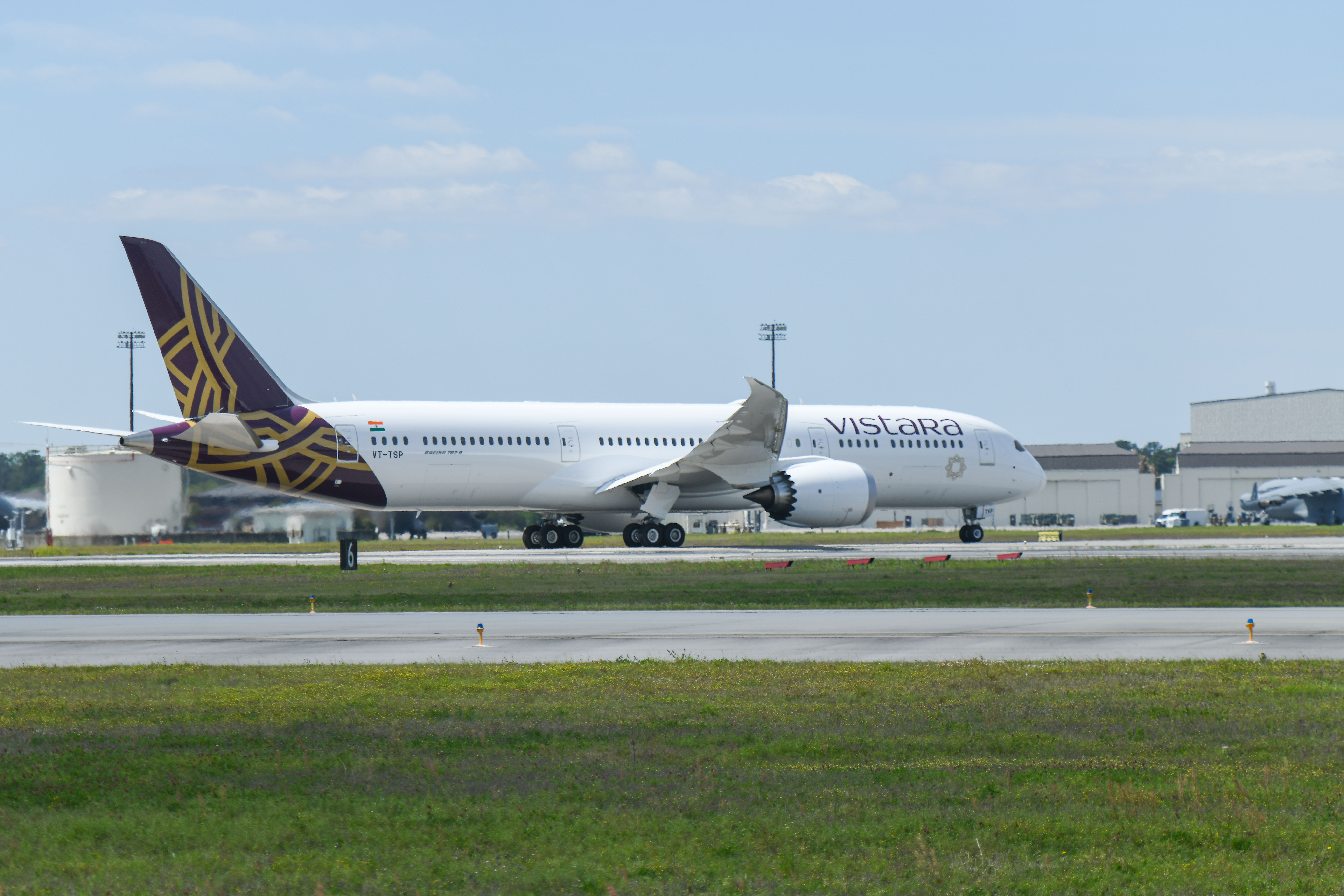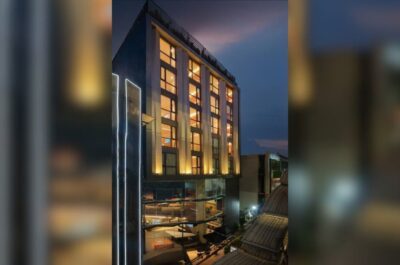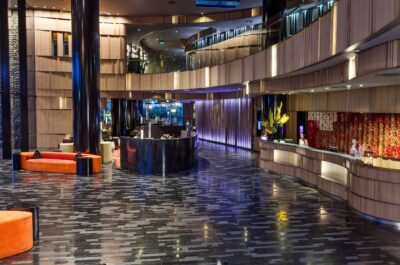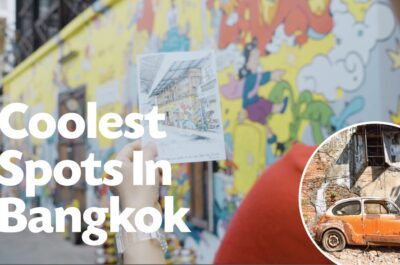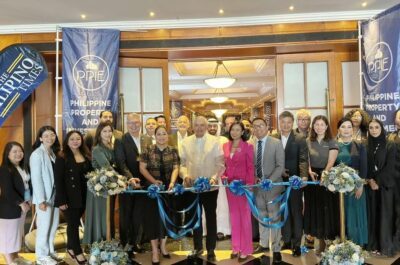It is one of the most pictorial cities in Southeast Asia with its well preserved architecture. Named UNESCO World Heritage on pair with Melaka in 2008, Penang struggles however to improve its tourism product. Political games and still a lack of heritage consciousness in the population explain the situation.
PENANG- Thousands of historical houses massed along the streets and lanes of Georgetown’s historical core, grand monuments exulting the splendor of the British Empire, delicious food, a blend of culture, Penang is a heaven for anyone curious to experience and understand how a trading post became one of the most powerful commercial ports in Asia, a true melting pot of cultures and societies. Turning British in 1786 as it was offered as a concession by the Sultan of Kedah in return of a military protection against Siam attacks, Penang had its height days as it became one of the most active trading port of the Straits Settlements with Singapore and Malacca. Its relative decline occurred after World War II and the end of its free trade status following its inception into the newly created Malaysia.
Despite turning into a centre for the electronic industry, Penang is today marginalized. This is the only State in Malaysia with a Chinese Chief Minister. And for the last four years, it has been run by the opposition.
This is where promotion and tourism development becomes then complicated. “We try hard to provide service excellence for tourists coming to Penang. But we have limited resources financially but also legally,” explains Ooi Geok Ling, Director of Penang Global Tourism, the marketing agency of Penang State tourism. Penang success is real: the State recorded in 2011 slightly over six million of foreign and domestic hotel guests. Over three million of them are international travellers, of which 750,000 came directly by air or by sea to the Island.
“Penang is a real asset for Malaysia tourism. However, we have seen heavy promotion budgets towards Melaka or Johor Bahru from the Federal Government rather than towards our State”, explains Mrs Ooi.
Recent initiatives from the local office of tourism has been to create new circuits such as Street Arts and art galleries, bicycle trails, nature trails in Penang National Park at Taman Negara. “We now work to publish a guide booklet and circuit about peranakan culture, this mix of Chinese and Malay customs so typical to Penang”, adds Penang Global Tourism Director.
However limited financial resources have probably political motivations but Penang has also been blocked to take initiative to raise more funds or act on some problems such as the difficulty of circulate or use reliable public transport. “The State of Penang has no say. We would like to raise a small fee on hotel accommodation to fund promotion and help preserving our heritage but it has been refused as only the Federal Government can raise taxes [N.B. the State of Melaka was however authorized by the Government to raise a RM 2 fee on each hotel stay]. We want also to create boat taxis to releave congestion in town but this is also a prerogative of the Federal Ministry of Transport”, adds Ooi Geok Ling.
In a way, limited funds have been a chance for Georgetown. While Melaka has embarked into a beautification program which sometimes seems to, turn the old little town into Disneyland, Penang avoided this kind of abrupt transformation. “Our visitors enjoy old Georgetown for its authenticity, for its pace of life which has not changed over the decades,” highlights Mrs. Ling.
Penang laid-back attitude is meanwhile causing some troubles in terms of preservation. Although communities are now fully understand the benefit of UNESCO World Heritage Status, lots still must be done to protect more efficiently Pernang’s old structures.
Lots of heritage houses are still covered by hideous advertising, large signs or ugly billboards. They are even sometimes joined by new structures out or proportion. On the former Millionaire’s row, a long street with mansions of former Tycoons, some houses have been lovely restored and look still grand. But some others have seen the addition of disastrous new buildings such as the Homestead Mansion, which now is dwarfed by a Blue-glass atrocious construction…
“We will revise laws on construction and preservation and come out with stricter rules for the Heritage Core Zone and Buffer Zone. It is a difficult task as over 4,500 structures are classify as heritage buildings”, describes Muhammad Hijas Sahari, research officer at Georgetown World Heritage Inc., the body in charge of protecting Penang’s heritage sites. New laws are due to become effective by 2014.
“The level of consciousness and awareness about heritage is definitely rising among the population. But we are still victim of our old society system where transparency in transactions and business are not always going well with preservation tasks. But I am confident. And I see many young people coming back to live here, a very encouraging sign that Penang is back”, adds Mrs Loh-Lim Lin Lee, director of the Cheong Gatt Tze Mansion, a true jewel of Sino-Malay architecture in the heart of town. The house was carefully restored in the late nineties and received a UNESCO award. And in its own way, it showed how old buildings could bring a new breed of life into an ancient city…
Luc Citrinot a French national is a freelance journalist and consultant in tourism and air transport with over 20 years experience. Based in Paris and Bangkok, he works for various travel and air transport trade publications in Europe and Asia.



